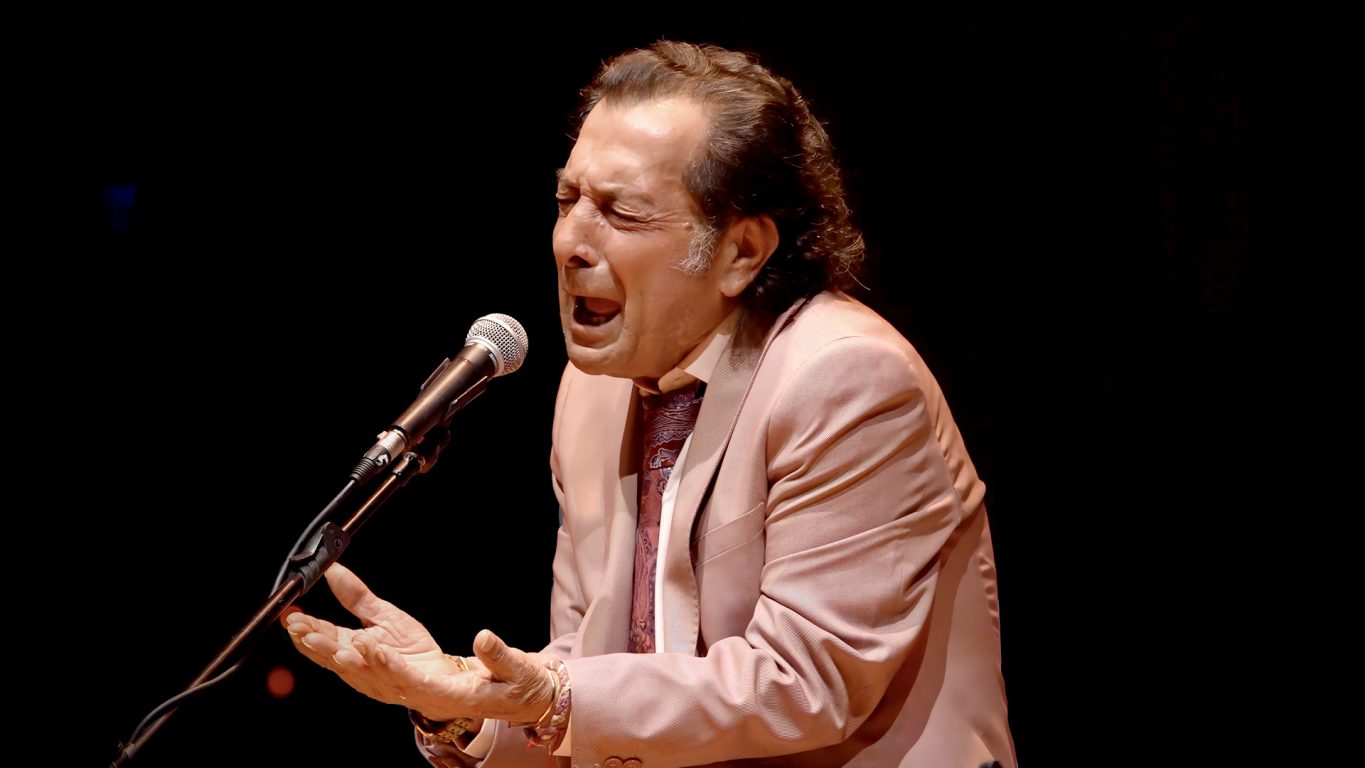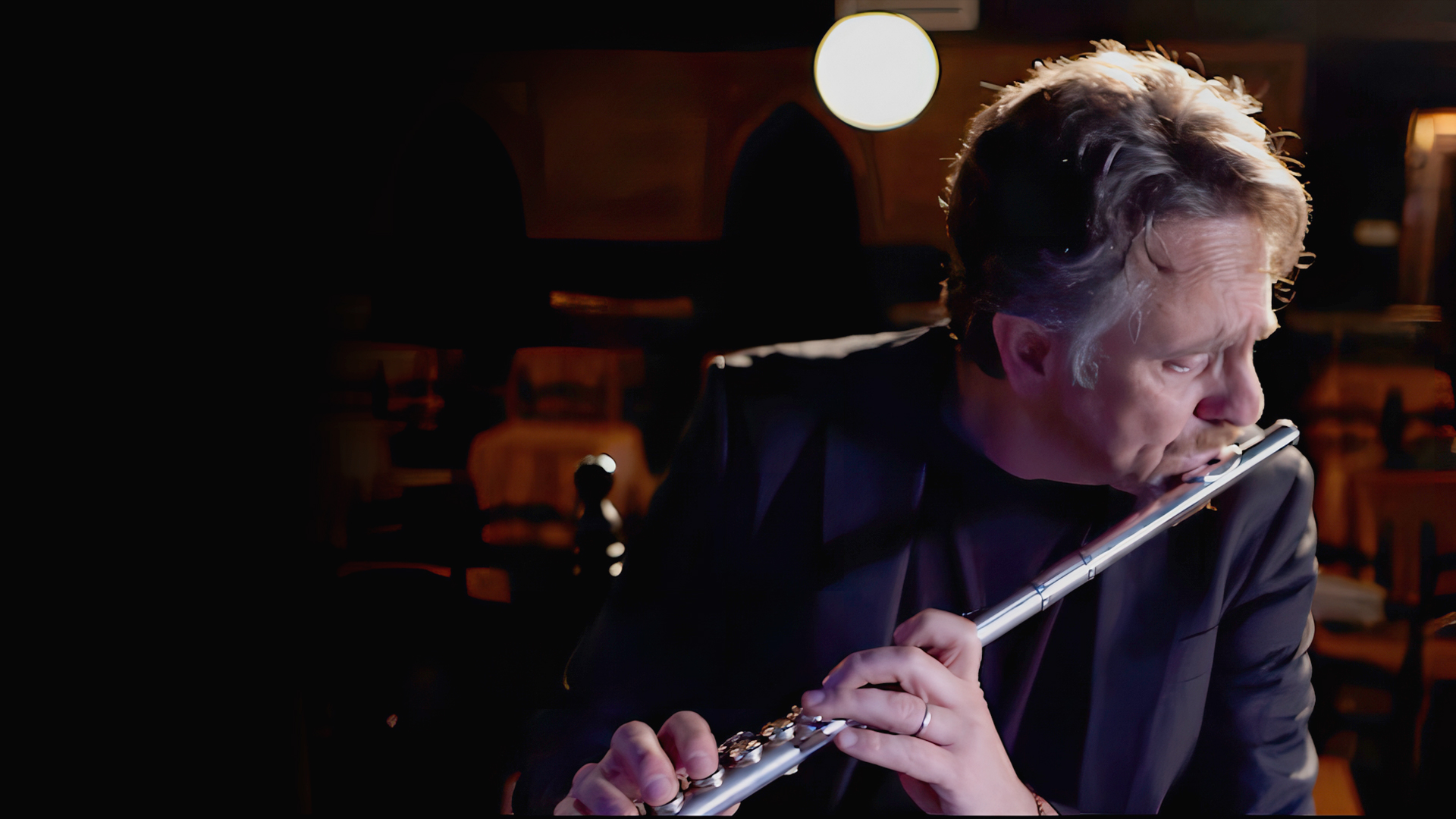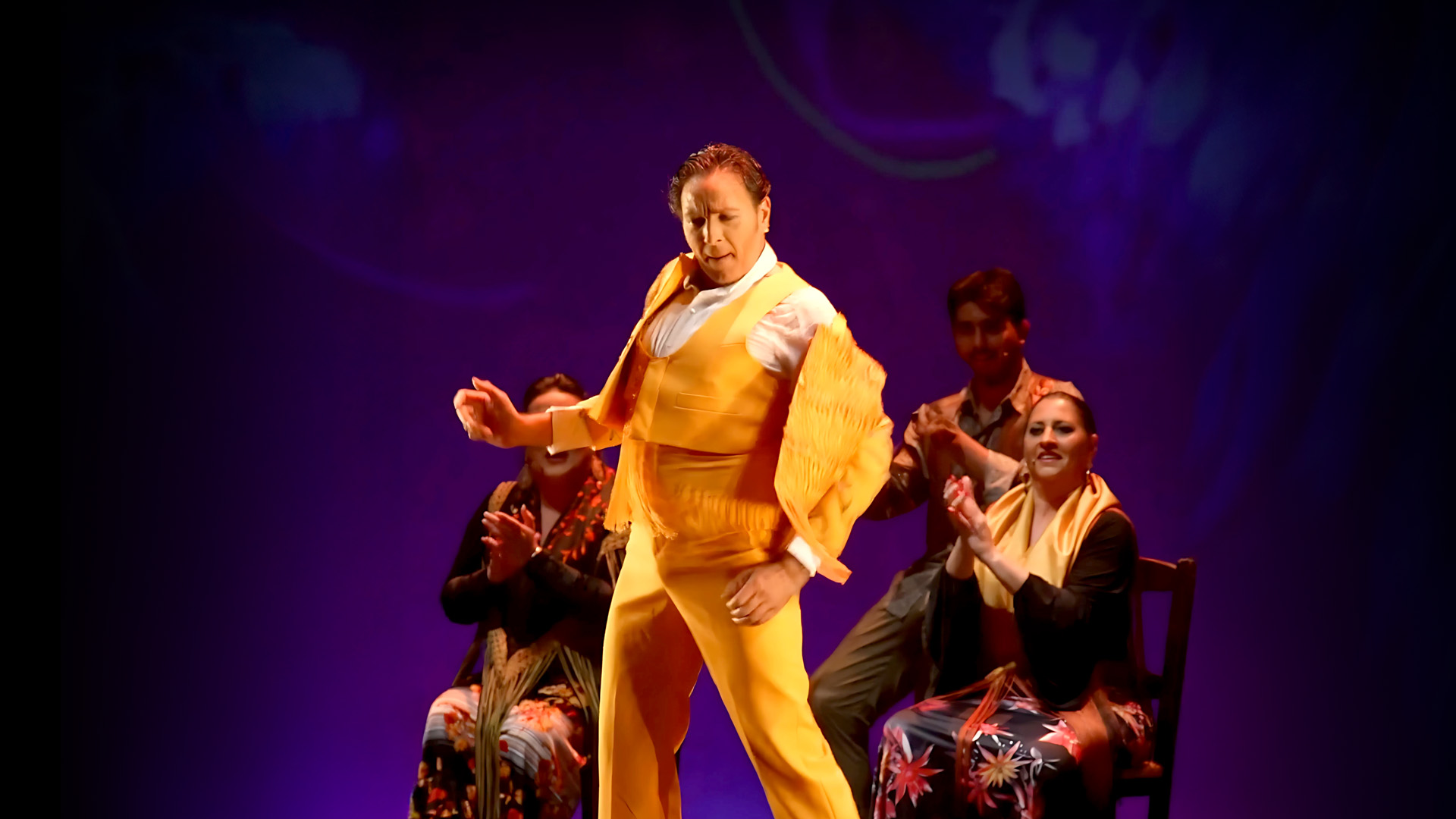Cantiñas and Alegrías are two of the brightest and most joyful flamenco styles, deeply rooted in the city of Cádiz. This article explores their history, rhythmic structure, and emotional expression, featuring iconic performers and highlighting their role in the educational program by ALL FLAMENCO.
Origins and History
Cantiñas and Alegrías were born in the coastal city of Cádiz and share a festive essence that celebrates southern Spain. Emerging from local styles and popular songs influenced by the Aragonese jota, they evolved into autonomous flamenco forms during the 19th century. Alegrías gained prestige when performed in theaters and salons, especially through the work of Enrique el Mellizo, who shaped their melodic and stylistic form with great sensitivity.
The term “cantiñas” refers to a family of styles with similar rhythm and spirit, including Alegrías, Romeras, Caracoles, Mirabrás, and Cantiñas proper. While they all share a common rhythm and Andalusian flavor, each has its own melodic variations and lyrical nuances.
Rhythm and Musical Structure
Both styles use the 12-beat compás typical of flamenco, with accents on beats 3, 6, 8, 10, and 12. This compás, also used in Soleá and Bulería, takes on a lighter, more danceable character in Alegrías. The major key tonalities reinforce the festive and luminous quality of these styles. Their structure allows for creative transitions between singing, guitar playing, and dancing, encouraging artistic expression and improvisation.
The guitar plays a central role in Alegrías, not just accompanying but also setting the mood through signature falsetas. These have been masterfully crafted by artists such as Sabicas and Paco de Lucía. In dance, Alegrías include fast footwork (escobillas), graceful poses (marcajes), and expressive finales often introduced by the “silencio,” a slower, minor-mode section that prepares the closing burst of rhythm.
Emotion and Expression
Cantiñas and Alegrías evoke joy, flirtation, and pride in one’s roots. They are odes to Cádiz — its sea, light, and lifestyle. Unlike more dramatic flamenco forms like Siguiriyas or Soleá, these styles focus on celebration, playfulness, and melodic charm. Flamenco singing here becomes more lyrical and rhythmically agile.
Lyrics frequently reference Cádiz, the Caleta beach, the Levante wind, and the spirited character of its people, creating a sonic portrait of Andalusian identity. Though primarily cheerful, the styles can carry depth, especially in instrumental or dance passages that shift to minor tonalities.

Key Figures in History
Carmen Amaya immortalized Alegrías through her intense dancing, while singers like La Perla de Cádiz, Chano Lobato, and Aurelio Sellé brought vocal elegance and rhythmic mastery. In the realm of guitar, greats such as Niño Ricardo and Melchor de Marchena — and later Tomatito and Gerardo Núñez — created iconic interpretations and accompaniments.
Today, artists like Juan Villar, Carmen Linares, and La Macanita continue to innovate within tradition. Dancers such as Macarena Ramírez, Patricia Guerrero, and María Moreno present contemporary choreographies that honor the classic Cádiz school.
Cantiñas and Alegrías on ALL FLAMENCO
ALL FLAMENCO offers a dedicated episode on Cantiñas and Alegrías in its exclusive educational series “La revolución didáctica del flamenco.” It includes detailed explanations, live examples, and complete performances. This makes it an invaluable resource for learners, professionals, and fans alike.
The platform’s extensive catalog features numerous shows and recitals where these styles shine. From intimate peña recordings to grand theater productions, ALL FLAMENCO showcases the many ways these forms continue to captivate audiences worldwide.

La Revolución didáctica del flamenco es un programa disponible en ALL FLAMENCO. Por Cantiñas y alegrías.
FAQs About Flamenco Cantiñas and Alegrías
What is the difference between Cantiñas and Alegrías? Alegrías are a specific style within the broader Cantiñas family. “Cantiñas” includes various styles such as Alegrías, Mirabrás, Romeras, and Caracoles — all sharing a similar rhythm and festive spirit.
What rhythm do Alegrías follow? Alegrías use a 12-beat compás with accents on beats 3, 6, 8, 10, and 12. This rhythm creates a vibrant, syncopated pulse that is perfect for dance and musical flourishes.
Why do Alegrías represent Cádiz? Their lyrics often celebrate Cádiz — its sea, light, and people — while the style’s energy reflects the joy and wit of Andalusian culture. It’s a musical tribute to the city.
Who are the iconic performers of Alegrías? Historic names include La Perla de Cádiz, Chano Lobato, and Carmen Amaya. Today, artists like La Macanita, Carmen Linares, and María Moreno continue to evolve this tradition.
Where can I watch educational examples of Alegrías? Watch the exclusive “La revolución didáctica del flamenco” series on ALL FLAMENCO at allflamenco.net, with detailed lessons and full performances.

